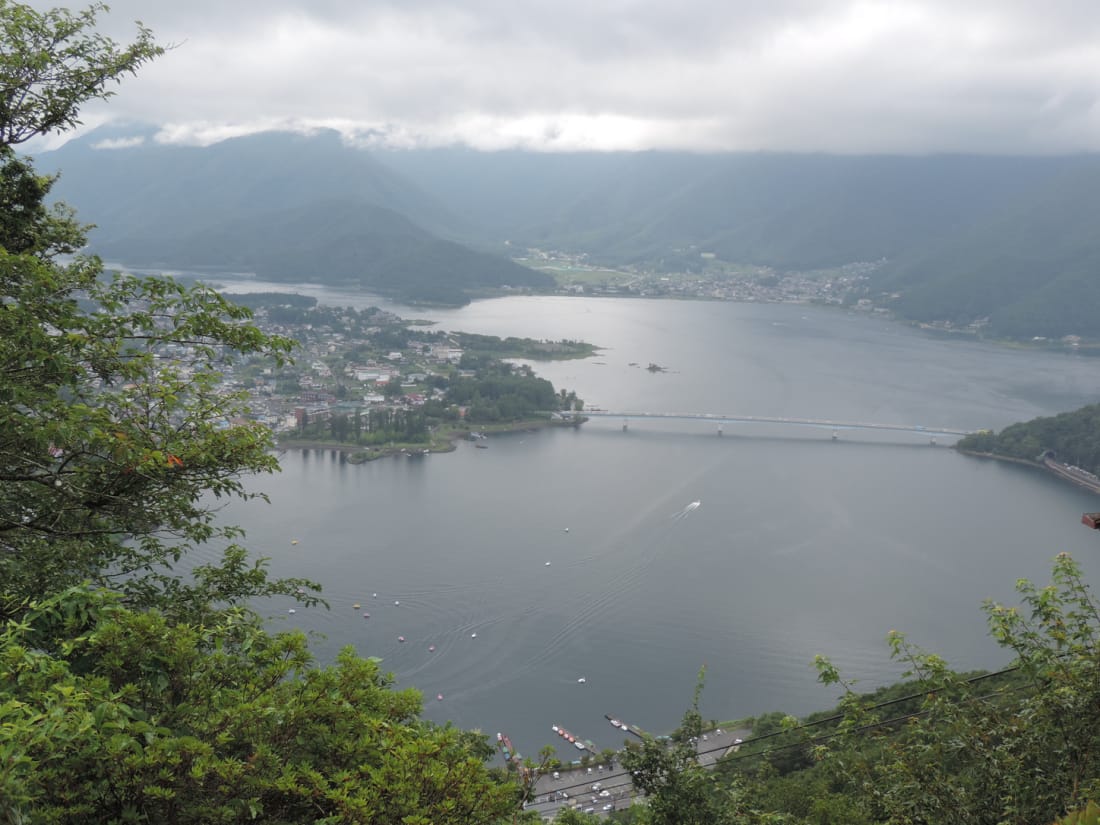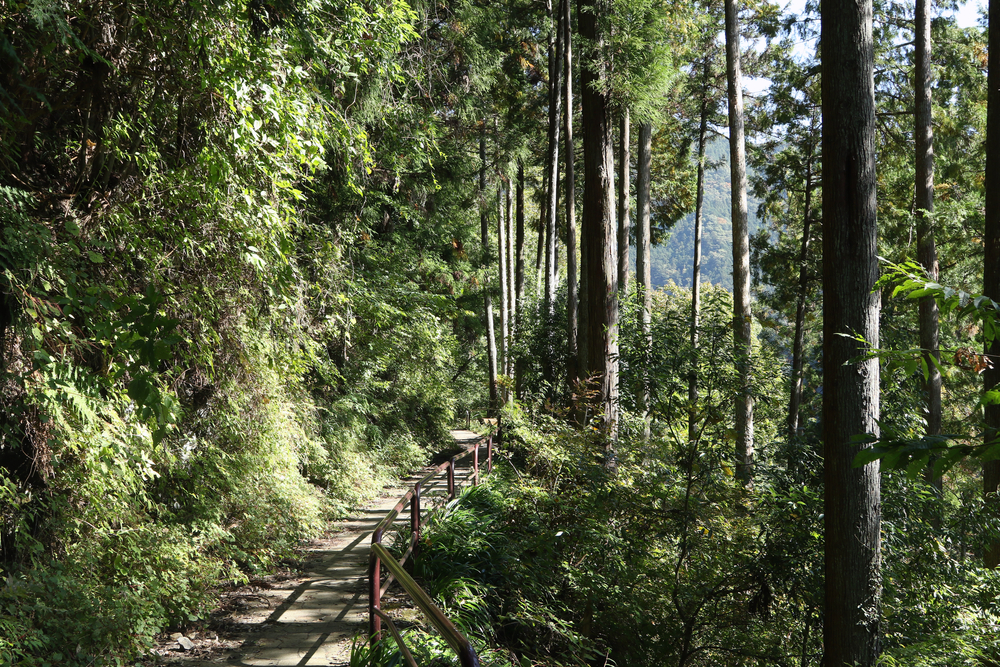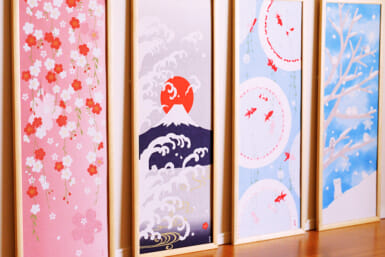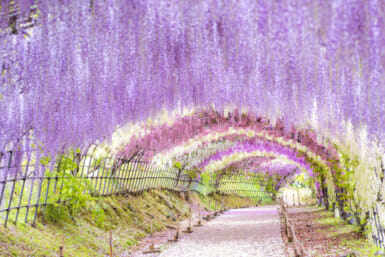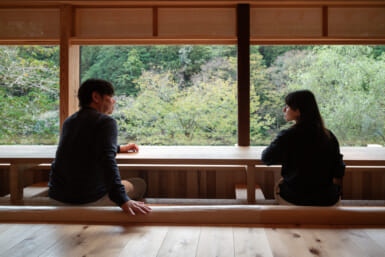Tokyoites with a penchant for the outdoors love to recommend their favorite places to hike in Japan. They rarely tell you where not to go – except for Mount Fuji (seriously, don’t do it). Japan’s best season for hiking runs from the end of rainy season in early July until the Silver Week holidays in mid-September. If you are looking for a trail to hit up this summer for a nice day hike near Tokyo – these are not it.
1. Mount Buko (Chichibu)
Now look, any time you can head to the outdoors and immerse yourself in a forest bath it’s a good thing. And Chichibu in Saitama Prefecture – just 90 minutes from Ikebukuro Station on the Red Arrow Line limited express – offers some amazing natural views. Just not from the top of Mount Buko. This short (1,304m) stub of a hill stands in no-man’s land north of the Okutama Lake District and on the eastern fringes of the southern Japanese Alps.
If you do decide to make this trek, then get ready to spend most of your time hiking along the factory roads of Yokoze. It takes almost an hour to reach the trail entrance by foot. The paved road meanders through limestone machinery, and there is a constant flow of trucks delivering the rock for cement production. The conspicuous face of Mount Buko has been chiseled into gnarly terraces as a result of excessive limestone mining.
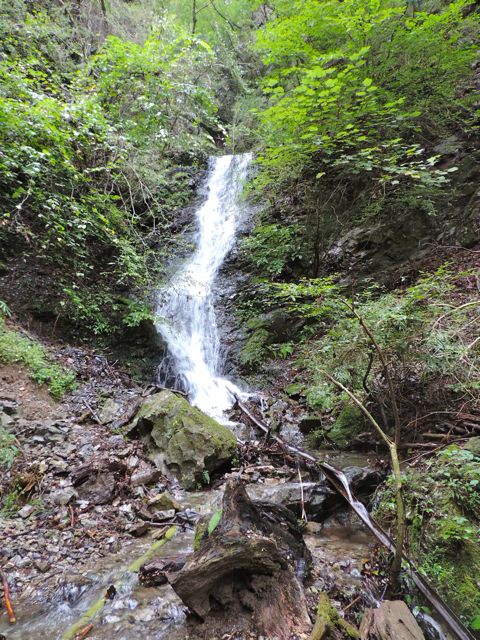
The highlight?
The hour-long hike to reach the top of Mount Buko is unremarkable. There are no natural wonders except for a couple of small waterfalls and the view from the peak offers little to inspire. Mount Buko’s water is supposedly sacred, and people travel from miles around to lap fresh spring water that tastes like honey. Maybe I had a stuffed nose that day from all the cedar pollen, but to me it tasted like water from any other sacred mountain.
The kicker is when we finally returned to Yokoze Station, it was only 3pm and the mom-and-pop udon shop next to the station had closed for the day.
Alternative route: Chichibu is also home to the Mitsumine Shrine Pilgrim Trail. Take the three-hour hike up Mount Mitsumine (1,100m) to the historic shrine, where the now-extinct Japanese wolf is worshiped.
2. Mount Mitsutoge (Kawaguchiko)
Weather can have a huge impact on the overall pleasantness of a hike and a cloudy day can ruin a hike up Mount Mitsutoge (1,785m). The highlight of this trek in the Fuji Five Lakes region is the view of Mount Fuji. If you can’t see Fuji, then there isn’t much reason to make this hike.
There are some high points to the day trip into Yamanashi Prefecture. First, it’s only two hours from Shinjuku Station on the Chuo and Fujikyuko lines. Out of all the other entries presented here, this one provides the most strenuous hike (15km) and offers the greatest variety, combining steep climbs, switchbacks and bridges on a well-marked trail. Near the top you’ll pass the 88 Buddhas (there are only 81 remaining) dressed in red, and a massive, natural rock-climbing wall.
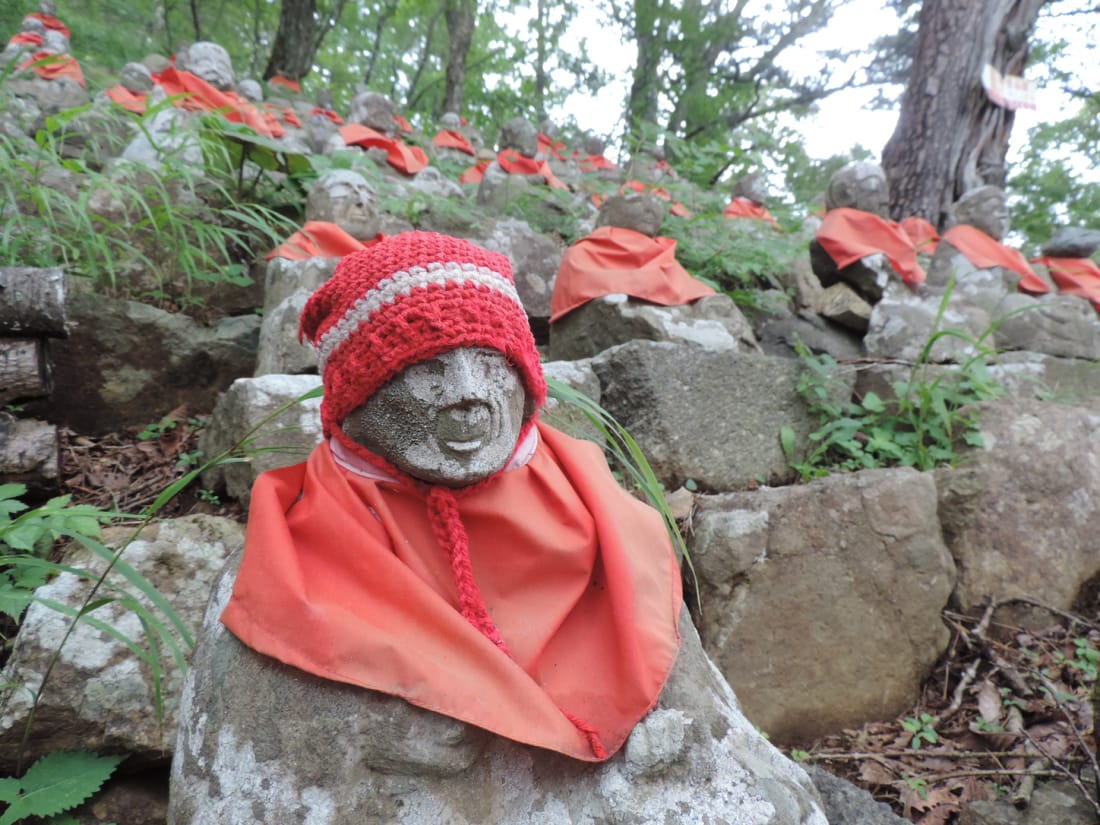
Buddha knows best.
Now for the bad – you made the trip for glorious views of Mount Fuji, and if you can’t see Japan’s sacred mountain then you just wasted seven hours of your life. Even if the weather is nice, the summit of Mount Mitsutoge is criss-crossed with power lines in every direction. It truly is a travesty.
Alternative route: I don’t normally recommend the more popular tourist spots, but Mount Ashigara (1,212m) – also known as Mount Kintoki – in Hakone offers snow-capped views of Mount Fuji followed by a dip in world-class onsen.
3. Mount Hinode (Mitake)
It seems unfair to include Mount Hinode (902m) on this list as it is a lovely hike, but it is difficult to recommend this trail when there are so many better alternatives nearby. Part of the Chichibu-Tama-Kai National Park, Mount Hinode is a stop along a system of trails that takes you to some of Tokyo’s best peaks.
Ninety minutes from Shinjuku Station on the Chuo and Ome lines, the hike starts at Mitake Station. Take the cable car first to the top of Mount Mitake (or walk 45 minutes up a mountain road) and first pay a visit to the 2,000-year-old Musashi-Mitake Shrine. From here you follow an easy trail along the ridgeline for about 45 minutes to the peak of Mount Hinode.
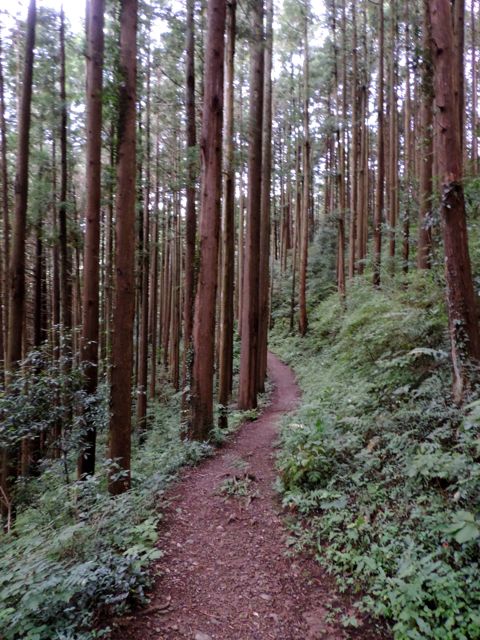
Where are we?
The peak is surrounded by azalea and rhododendron bushes, which will be lovely when in season, and offers a view of Tokyo on one side and Mount Fuji on the other – the same view you can get from just about any other mountain near Tokyo. The most memorable highlight of the hike was the modern, solar-powered latrine.
Getting down from Mount Hinode is where this hike becomes a bear. It is two hours downhill to Hinatawada Station. However, about 2km from the destination, the hiking trail becomes overrun with dirt bike trails. It is difficult to discern which trail to take, as there were many twists and turns that are not identified on the map. After backtracking several times during our hike, we finally made it to Hinatawada Station well after dark.
Alternative route: From Mount Mitake take a right instead of a left and head to Tokyo’s best day hike – Mount Odake – where natural rock gardens and beautiful waterfalls await.
4. Otama Walking Trail (Okutama)
Again, this is not a bad hike, but when there are so many better options, why bother? For those who need to get away from Tokyo for a day, Okutama is a breath of fresh air. The rushing Tama River and its cool waters and the devil-may-care attitude of the locals makes you forget you are only 90 minutes from Shinjuku Station (on the Chuo line).
Camping on the banks of the river is affordable, and it is one of the few campgrounds near Tokyo where you can light a campfire. There is a refreshing public onsen and the Nippara Limestone Caves are fun for the whole family to explore. However, when you ask the locals where to go hiking, they will direct you down the Otama Walking Trail. Don’t go.
The normal route is to jump back on the Chuo Line and head back three stops to Kori Station. From here, the Otama Walking Trail is an easy 8km trek that follows the Tama River upstream back to Okutama. There are ravines, suspension bridges and views of the gorge along the way. But there are also boring stretches along concrete roads and nondescript wilderness. When there are so many better outdoor activities available, why spend three hours on a boring hike?
Alternative route: If there is a mountain within easy distance of Tokyo that would be considered a hidden gem – Okutama’s Mount Kawanori (1,363m) would be it. With serene waterfalls, gorgeous picnic areas and less foot traffic, this hike is recommended any time of year – even winter.
5. Mount Takao Trail 1
Okay, we all knew this was coming. Mount Takao (599m) is also included on our list of best day hikes from Tokyo, as there are some nice alternative routes to reach the short, overcrowded peak. The bonus of Mount Takao is that it is that the closest mountain to Tokyo – only one hour from Shinjuku Station on the Keio Line.
However, just about every hiker in Tokyo is looking for any mountain to climb other than Mount Takao. Trail 1 is the reason why. Everyone has a horror story of hiking Trail 1, which starts from the cable car station halfway up the mountain.

Just a leisurely stroll – with everybody
Trail 1 is a sidewalk, not a hiking trail. You will see young girls in high heels. You will see college kids dragging up coolers of beer. You will see dogs in strollers. And they are all hoarded together as close as possible.
There is no social distancing on Trail 1. On my first hike attempt of Mount Takao I made the mistake of going shortly after New Year’s Eve. I was not aware that Takao’s Yakuo-in shrine is one of the most popular destinations for hatsumode – the first shrine visit of the year. My outdoors getaway was the same as plodding through Tokyo Station on a Monday morning. Hiking Mount Takao is of course recommended, just pick a slow day.
Alternative route: Mount Jinba – this 857m mountain is just a little further from Tokyo than Mount Takao. From the peak of Mount Jinba, follow the ridgeline for 17km to Mount Takao, offering views of Lake Sagami below. Great for trail running.



